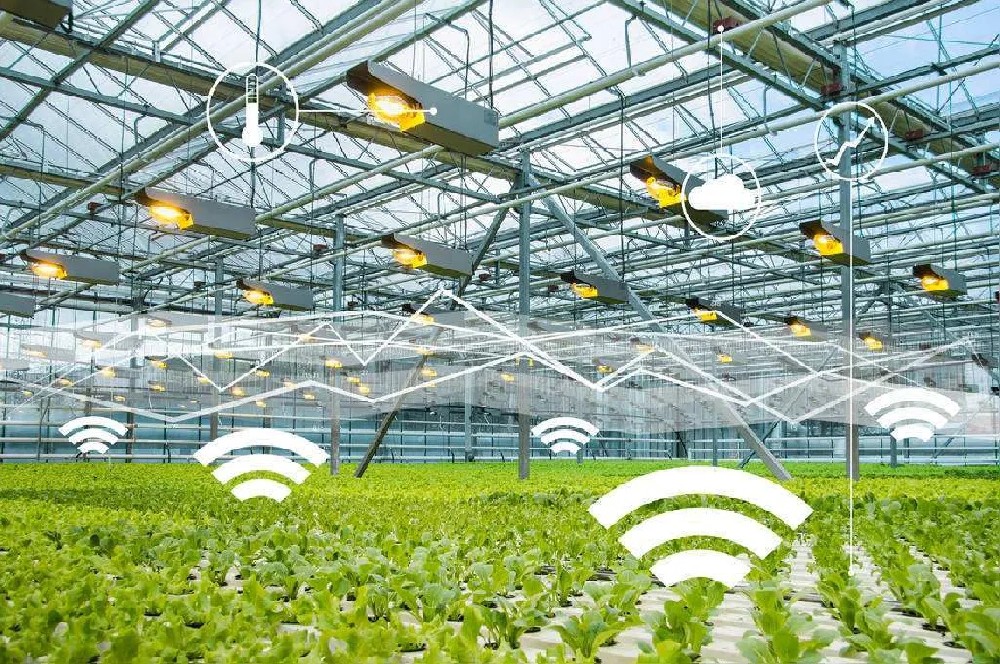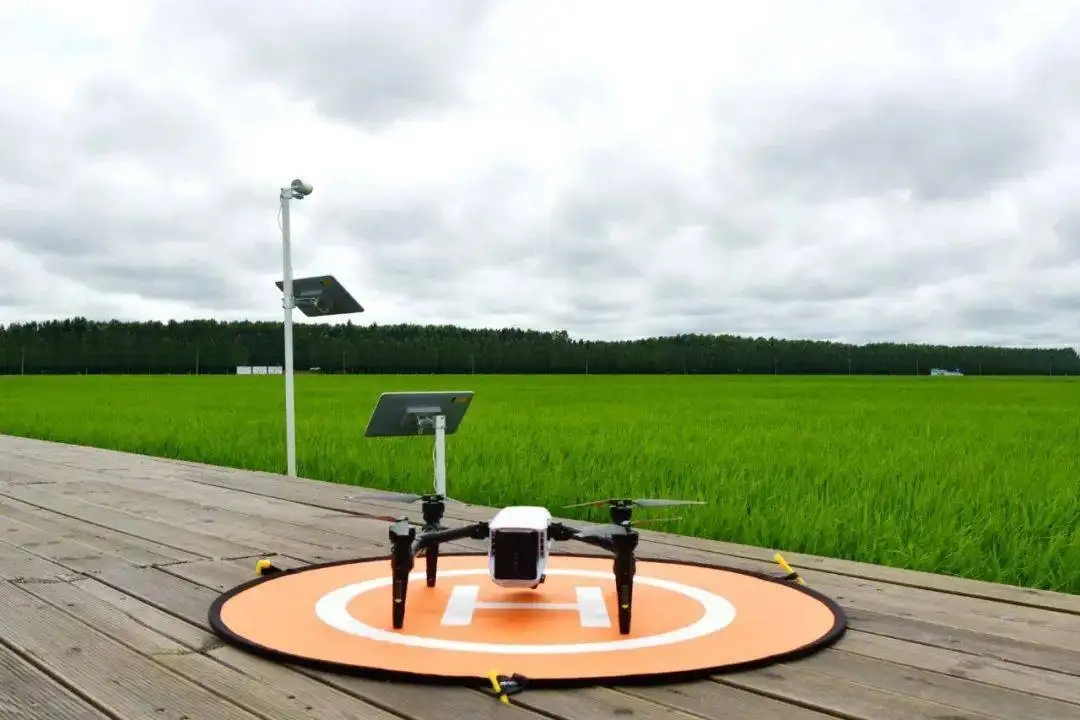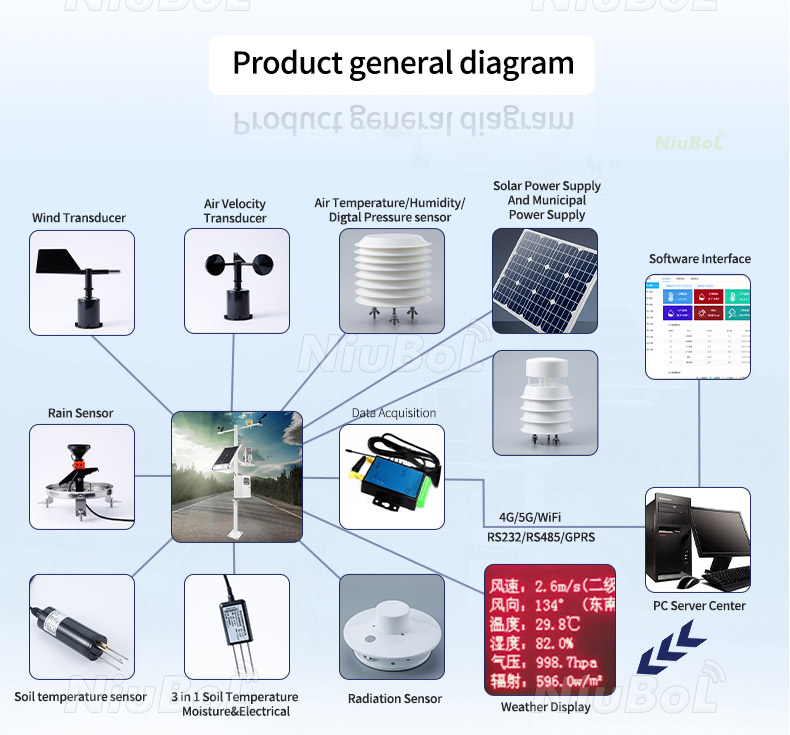

— Blogs —
—Products—
 Consumer hotline +8618073152920
Consumer hotline +8618073152920 WhatsApp:+8615367865107
Address:Room 102, District D, Houhu Industrial Park, Yuelu District, Changsha City, Hunan Province, China
Product knowledge
Time:2022-08-11 18:47:11 Popularity:612
Half of the world's habitable land is used for agriculture, most of which is taken up by livestock. The rest, used to grow crops, and to meet almost all the food needs of the entire population of the planet. Total arable land has been decreasing over the past few decades due to excessive industrialization, climate change, erosion and pollution.

Even arable land is losing the ability to grow healthy crops because poor farmers are unable to monitor and maintain crops. To turn this situation around, the researchers introduced the concept of soil monitoring using IoT to solve the problems faced by farmers.
Challenges facing agriculture
In addition to weather factors, soil fertility, temperature and water content also play a crucial role in the health of crops. However, most farmers with small plots do not have the ability to monitor soil quality.
They had no way of knowing if the soil had the right pH, if there was enough water in the soil, and if the temperature of the soil would allow the water to remain until the next irrigation cycle. Since they can't monitor these features on the land, it's difficult for them to keep these values at ideal levels.
 Because farmers have no way to monitor and change these values, the crops they grow are not only less productive, but are also often nutrient-poor. Lack of monitoring also leads to wasted resources and even damages crops through over-irrigation or over-fertilization. In the long run, this not only hurts the economic prospects of farmers, but also the health of consumers.
Because farmers have no way to monitor and change these values, the crops they grow are not only less productive, but are also often nutrient-poor. Lack of monitoring also leads to wasted resources and even damages crops through over-irrigation or over-fertilization. In the long run, this not only hurts the economic prospects of farmers, but also the health of consumers.

Benefits of Utilizing IoT for Soil Monitoring
By embedding IoT sensors in agricultural soils, farmers can monitor soil moisture content and understand its chemical composition in real-time around the clock. These devices can automatically notify farmers when soil moisture or nitrogen, potassium, phosphorus, sulfur and other elements reach unsatisfactory values.
By monitoring these data, they can restore these levels to the necessary values by using the appropriate chemicals. In addition, farmers can know when to water their crops and how much to prevent water waste. As a result, they can ensure that crops, from sowing to harvest, grow in perfect soil conditions. To make these soil properties easier to monitor, soil health monitoring and recommendation systems can be synchronized with smartphones.
Related recommendations
Sensors & Weather Stations Catalog
Agriculture Sensors and Weather Stations Catalog-NiuBoL.pdf
Weather Stations Catalog-NiuBoL.pdf
Related products
 Combined air temperature and relative humidity sensor
Combined air temperature and relative humidity sensor Soil Moisture Temperature sensor for irrigation
Soil Moisture Temperature sensor for irrigation Soil pH sensor RS485 soil Testing instrument soil ph meter for agriculture
Soil pH sensor RS485 soil Testing instrument soil ph meter for agriculture Wind Speed sensor Output Modbus/RS485/Analog/0-5V/4-20mA
Wind Speed sensor Output Modbus/RS485/Analog/0-5V/4-20mA Tipping bucket rain gauge for weather monitoring auto rainfall sensor RS485/Outdoor/stainless steel
Tipping bucket rain gauge for weather monitoring auto rainfall sensor RS485/Outdoor/stainless steel Pyranometer Solar Radiation Sensor 4-20mA/RS485
Pyranometer Solar Radiation Sensor 4-20mA/RS485
Screenshot, WhatsApp to identify the QR code
WhatsApp number:+8615367865107
(Click on WhatsApp to copy and add friends)